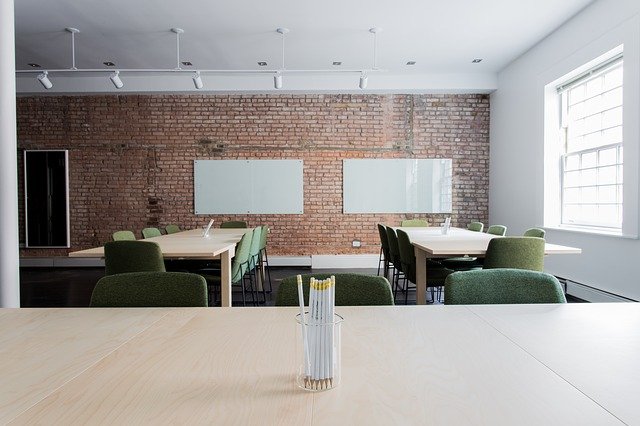
When I last wrote about mentoring in January 2020, I discussed how it built stronger connections between myself and my students. That remains true, but in the age of COVID, mentoring has become essential.
What has really hit me hard during these past few months is that I am not distance-teaching. I am crisis-teaching. It is impossible to fully articulate the level of trauma that my students have experienced this year. In a typical classroom setting, I know that students would be getting the support of their friends in person. But while they can still communicate over “snap,” “insta,” and other apps I have never heard of, it simply isn’t the same.
Moreover, nothing is really the same. As we began this unique school year in August, it was the most daunting start by far in my 13-year-career because I had never had to build a classroom culture without a classroom. I never had to get to know students without ever actually meeting them in person.
That’s why I believe—now more than ever before—in the importance of being able to have one-on-one check-ins with my students. Mentoring affords me the ability to create a space for my students to voice their anxieties. And, for some, learning cannot happen until they do.
I work in a school that provides me with the opportunity to mentor because we have adapted Summit Learning. Every adult at Rhodes Junior High School, from the school secretary to the president of the parent-teacher organization, is assigned students to meet with once every other week for 10 minutes. These conversations have helped me build relationships with my students, and enabled me to be a loving and caring adult in the life of a child—a child experiencing a world like I’ve never imagined—and one I certainly never had to experience as a student myself.
During one of my mentoring sessions, a student who had been recently diagnosed with COVID-19 expressed how guilty they felt about seeing loved ones prior to their diagnosis at a large church gathering. They were not worried about themselves, they worried that they had infected others. My heart ached right along with my student, as I did my best to offer reassurance.
These conversations are not easy, and there is no guide book about how to have them with students. But imagine the difficulty of trying to focus on algebra when all you are really thinking about is something like what this student had on their mind. Another student talked about how hard it was to concentrate on a class while they were taking care of their younger siblings because their mom had to work. Not only did learning this information help me adjust my teaching to better meet the needs of that individual student, but it also helps me as I continue to think all of my students.
I do my best to keep in mind all the untold stories beyond the screen, and the myriad of challenges our students are facing in an unprecedented time. Mentoring isn’t about being a counselor or a therapist for students. It is about building a deeper connection with a student and creating a space where learning is possible.
None of us can get through this alone, and mentoring helps me become more of a person in their eyes instead of just another face on a screen.
By: Elizabeth Kittredge
Title: We’re Not Just Doing Distance Learning, We’re Teaching Through a Crisis
Sourced From: educationpost.org/were-not-just-doing-distance-learning-were-teaching-through-a-crisis/
Published Date: Thu, 14 Jan 2021 16:17:44 +0000